PetSafe Wireless Fence Pet Containment System, Covers up to 1/2 Acre
The PetSafe Wireless Containment System allows you to create a safe and secure 1/2 acre circular boundary around your yard without the hassle of burying wire or installing a physical fence.
The PetSafe Wireless Containment System allows you to create a safe and secure 1/2 acre circular boundary around your yard without the hassle of burying wire or installing a physical fence. To set up, simply place the Wireless Containment System transmitter indoors and adjust the dial to cover the perfect size area for your dog. This portable system sets up in 1-2 hours so you can easily take it with you when you go camping and more. This wireless fence comes with the PetSafe Wireless Pet Containment System Receiver Collar. The battery-operated receiver collar features a tone-only mode for training, plus 5 adjustable levels of correction depending on your dog’s temperament. The collar adjusts to fit neck sizes between 6-28 inches and is recommended for pets who weigh 5 pounds and up. with the purchase of additional PetSafe wireless fence receiver collars, the Wireless Containment System will contain an unlimited number of pets with a single system. Trust PetSafe to help keep your pet healthy, safe and happy.
- 1/2 Acre of Circular Coverage – The adjustable circular range allows up to 1/2 acre of coverage from the placement of the portable indoor transmitter
- No Wire to Bury – A wireless boundary allows you to create a safe barrier around your yard to protect your pets without the time or hassle of burying wires
- 5 Levels of Correction – The system features 5 levels of static correction plus a tone-only mode
- Simple Set-Up – with no wire, the wireless fence sets up in just 1-2 hours; this portable system is terrific for camping and more
- Waterproof – The waterproof receiver collar comfortably fits dogs 5 pounds and up and adjusts to fit neck sizes 6-28 inches
- Low Battery Indicator The low battery indicator on the receiver collar will remind you when it is time to replace the PetSafe RFA-67 battery
- Unlimited Pets – The wireless fence allows you to safely contain an unlimited number of pets with a single system
- Compatible – This system is compatible with all PetSafe Wireless Fence Receiver Collars
Additional information
| Animal Type | Dog |
|---|---|
| Breed Size | Small, Medium, Large, Extra Large |
| Closure Type | Buckle |
| Collar Type | Fence System – Static |
| Features | Wireless |
| Indoor and/or Outdoor | Outdoor |
| Maximum Neck Size | 28 in. |
| Minimum Neck Size | 6 in. |
| Number of Batteries Included | 1 |
| Packaged Weight | 5.55 lb. |
| Primary Color | Multicolored |
| Primary Material | Nylon |
| Product Height | 9.25 in. |
| Product Length | 8.75 in. |
| Product Width | 9 in. |
| Product Weight | 3 lb. |
| Range of Coverage | 0.5 acres |
| Recommended Pet Age | 6 Months and Older |
| Recommended Pet Weight | 5 lb. and over |
| Warranty | 1 Year |

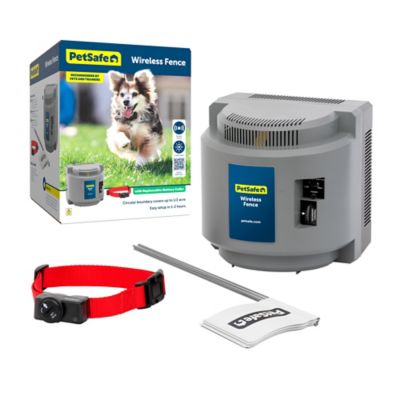
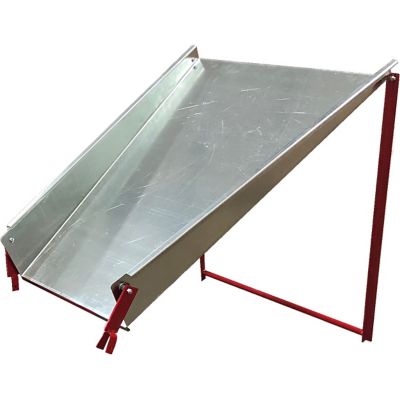
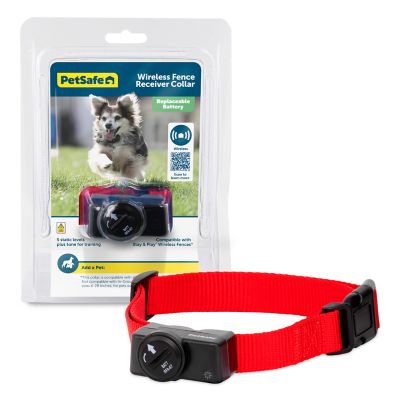
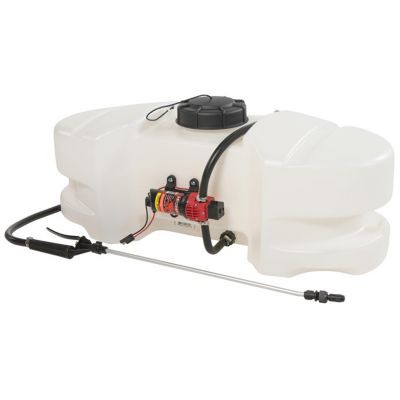


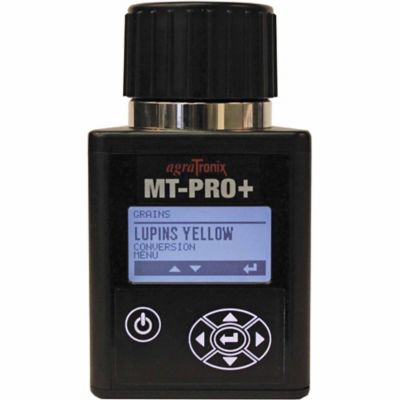

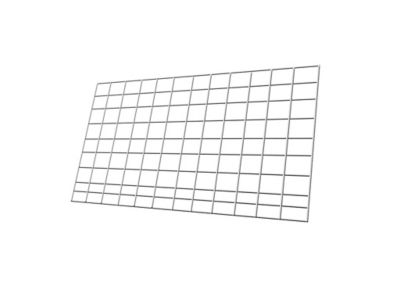
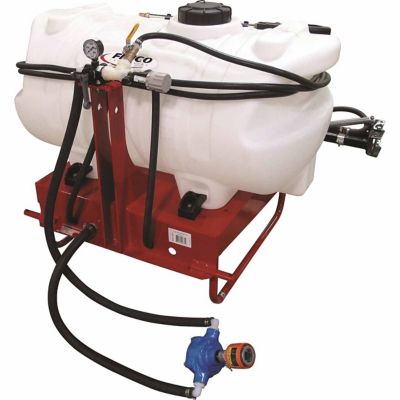
by Chris
Game changing! The dog was a little geeked out by it at first but she learned really quickly and no longer goes near the road!
by Pahpls
Great product!! We have two large Doberman pinchers and they’ve never crossed the boundaries. This is such an affordable way to keep your pets safe and contained. Highly recommend
by Lisa
This system worked great for our dog! She learned in a day! And was so much cheaper then quotes I was getting for systems with buried lines.
by Pager
We have used this system for 3 dogs for 5 years. (1st lasted around 3 yrs). It has kept our boys safe & in the yard. However, our shepherd mix can move hers after awhile, so her fluffy fur is between collar & skin.
by Aimee
We love this system! We live in the country and don’t have exterior fences. This product keeps our dogs on our property and they are much happier than if they were in a kennel or tied up.
by Sanders
Great way to keep pets safe. My two older dogs will not leave the yard now after wearing the collars for a while. My baby pup is starting to learn that the beep means he’s to far out. Does take long and don’t have to worry about them wandering.
by Jeannie
did not take us a hour to hook it up. maybe 30 minutes. keeps our puppy in range as described in details.
by Jessica
Loved the easy setup and the portability of this. I think it would have worked for us as we had hoped if our dogs were younger. Our small dogs are old and stubborn so it unfortunately didn’t work well for us, but have several friends that use this and swear by it.
by Shyla
This system was really easy to install. It keeps my 3 large dogs in with no problem. When before they were getting loose daily. The setup was the easiest set up I have ever done before, it took a total of 30 minutes to find the right boundaries and to adjust the settings on the collars correctly. Would highly recommend to anyone looking to buy a wireless fence.
by Terri
Safe and effective wireless fence. Easy to install and use. Portable! We have used Pet Safe for years and will continue to use it!
by Spark
It’s easy to install and set up. Takes a few days of training for dog to adjust. But my 7 month old puppy can now go outside whenever she wants; and I am confident that she will stay in her safe space.
by Carol
Easy to set up works great. Only thing I didn’t like was my dog jumped in my truck while I was cleaning it and got shocked we’ll within the boundary. I guess the roof blocked the signal
by Vonne
This Product really helps my pets know their boundaries and keeps them safe without me having to worry.
by Ankee
Was given great service by staff, especially the manager at the picayune store. Highly recommend this store.
by Kelly
My dog responded well to new system. She stays inside her boundaries. Even with collar off she stays within flagged area.
by Lisa
This worked for a very stubborn blue healer – it took a few weeks for him to realize he had to pay attention to the boundary warnings so don’t give up on it. The prongs broke on the collar at 5 months; thankfully I had purchased the extra warranty. I recommend you purchase it too.